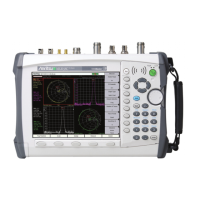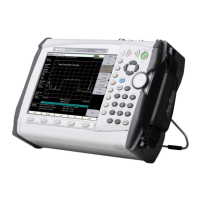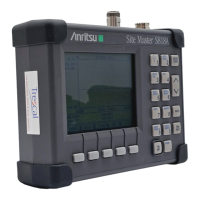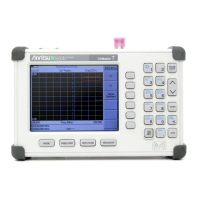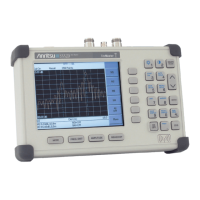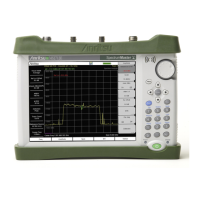General Information 1-12 Calibration Requirements — Vector Network Analyzer
MS20xxB UG PN: 10580-00301 Rev. D 1-7
1-11 Preventive Maintenance
VNA Master preventive maintenance consists of cleaning the unit and inspecting and
cleaning the RF connectors on the instrument and on all accessories. Clean the VNA Master
with a soft, lint-free cloth dampened with water or with water and a mild cleaning solution.
Clean the RF connectors and center pins with a cotton swab dampened with denatured
alcohol. Visually inspect the connectors. The fingers of the N(f) connectors and the pins of the
N(m) connectors must be unbroken and uniform in appearance. If you are unsure whether the
connectors are undamaged, gauge the connectors to confirm that the dimensions are correct.
Visually inspect test port cables. The test port cable should be uniform in appearance and not
stretched, kinked, dented, or broken.
1-12 Calibration Requirements — Vector Network Analyzer
The VNA Master is a field portable unit operating in the rigors of the test environment. In
order to ensure measurement accuracy, RF calibration (OSLT, for example) must be
performed prior to making a measurement in the field.
Anritsu recommends allowing the instrument to warm up to typical operation temperature (a
minimum of 15 minutes) before calibrating. The instrument will require a new OSL
calibration if the internal instrument temperature changes more than 15 ºC after calibration.
The VNA Master has no field-adjustable components. The RF calibration components,
however, are crucial to the integrity of the calibration and must be periodically verified to
ensure their performance. This is especially important if the components have been dropped
or over-torqued.
Caution To avoid damaging the display or case, do not use solvents or abrasive cleaners.
Note
For best calibration results (compensation for all measurement uncertainties),
ensure that the calibration is performed at the end of the test port or optional
extension cable (that is, at the same point that the device that is to be tested (DUT)
will be connected).
Caution
For best results, use an Anritsu phase stable Test Port Extension Cable, such as
those listed in the Technical Data Sheet for your instrument (refer to Appendix A).
Use of a typical laboratory cable to extend the VNA Master test port to the device
under test, or any bending of the cable subsequent to the OSL or OSLT calibration,
may cause uncompensated phase reflections inside the cable. Reflections of this
type cause measurement errors, which are more pronounced at higher frequencies.
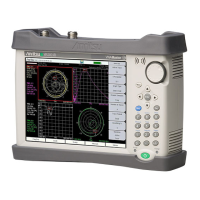
